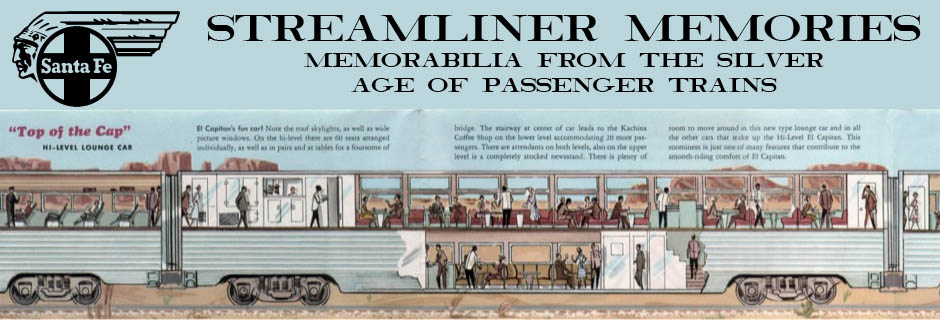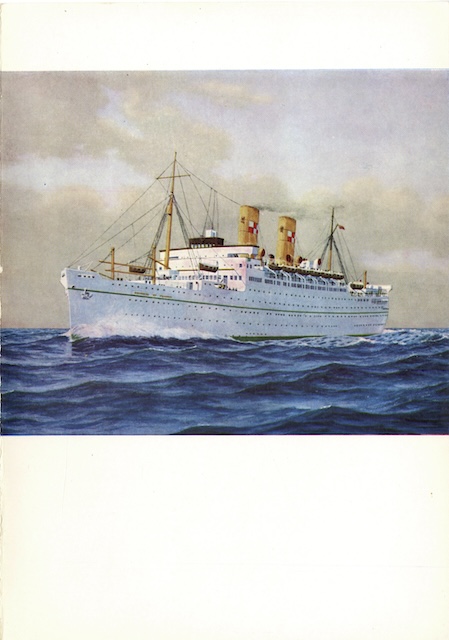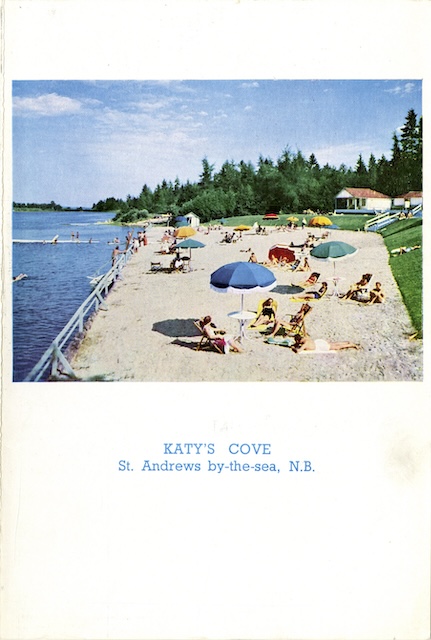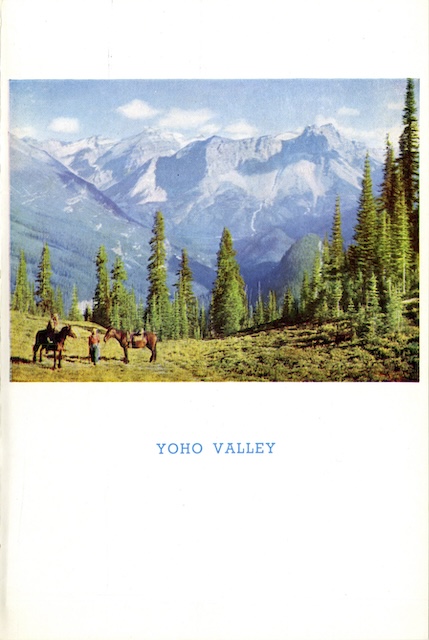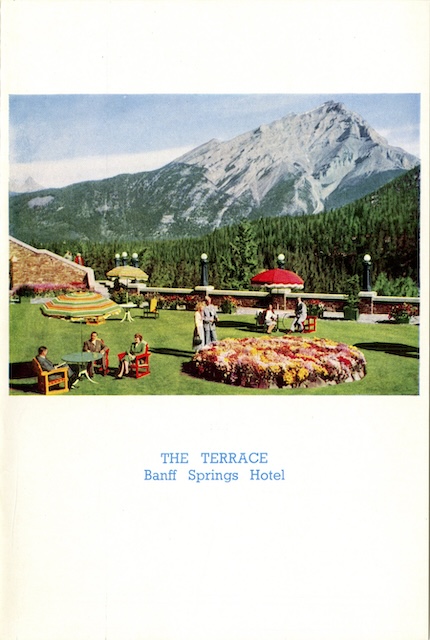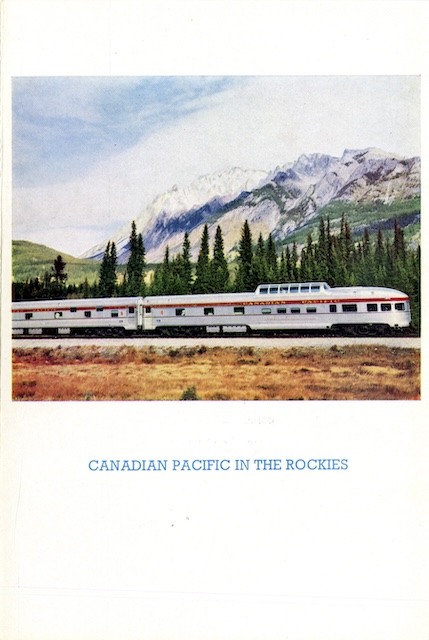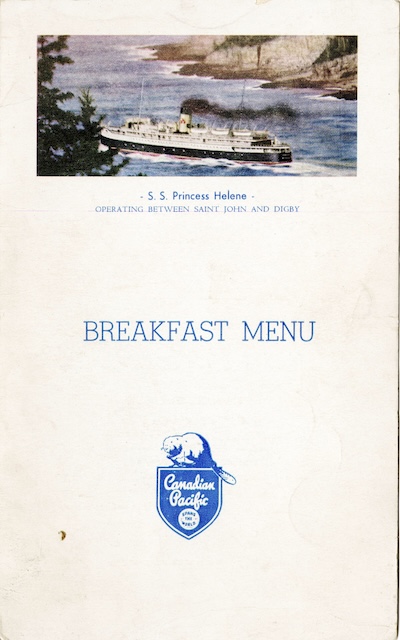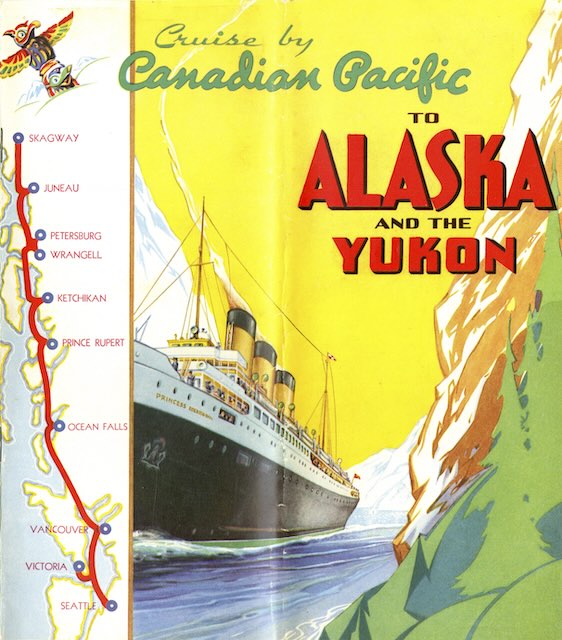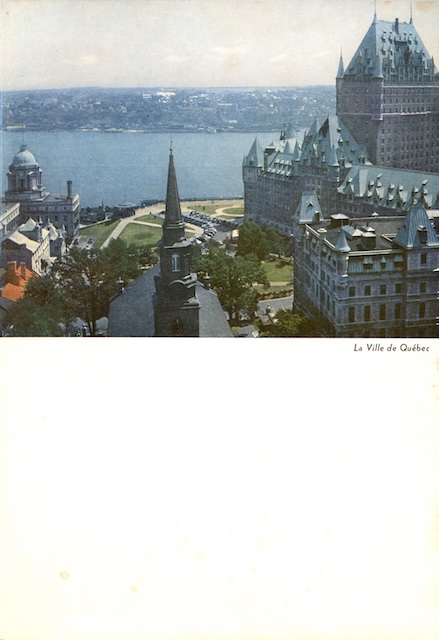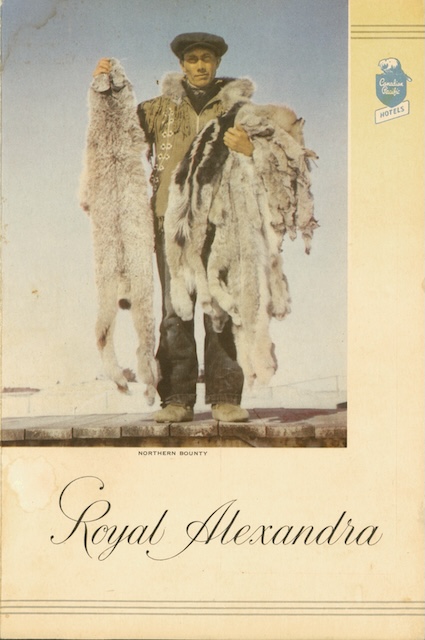The person who collected all of the Empress menus we’ve seen in the past few days also kept two of the daily programmes issued to passengers to help them relieve the boredom of being on a boat surrounded by ocean for days on end. The cover illustrations on both 4-1/2″x6″ programmes are signed Kay Stewart.
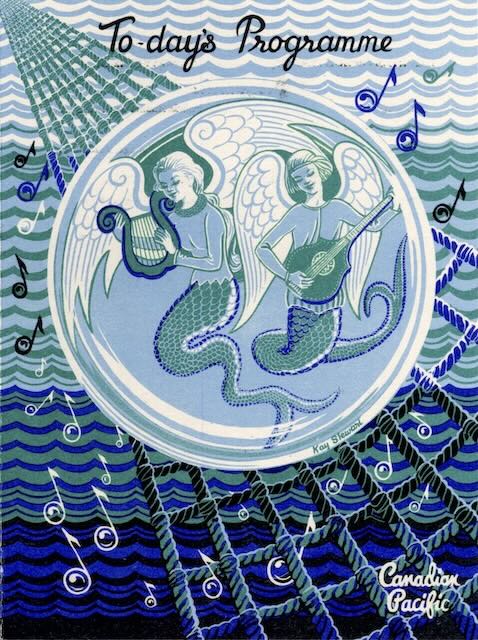 Click image to download a 573-KB PDF of this programme.
Click image to download a 573-KB PDF of this programme.
Little is known about Stewart other than she was English and did posters for a variety of ocean liner lines, including the French Line and British India. Her most impressive and most popular poster shows three French Line ships side-by-side whose reflections in the water magically become images of the Arc de Triomphe and Eiffel Tower. Continue reading
